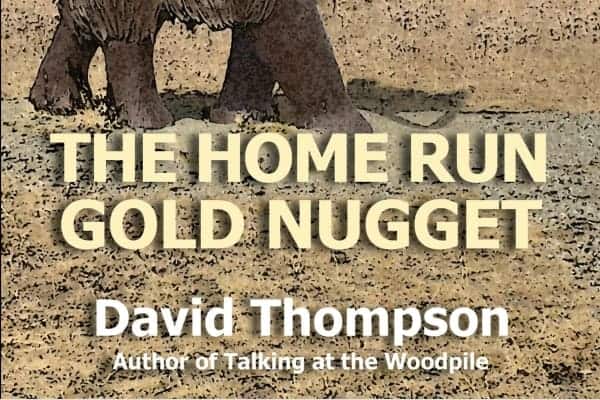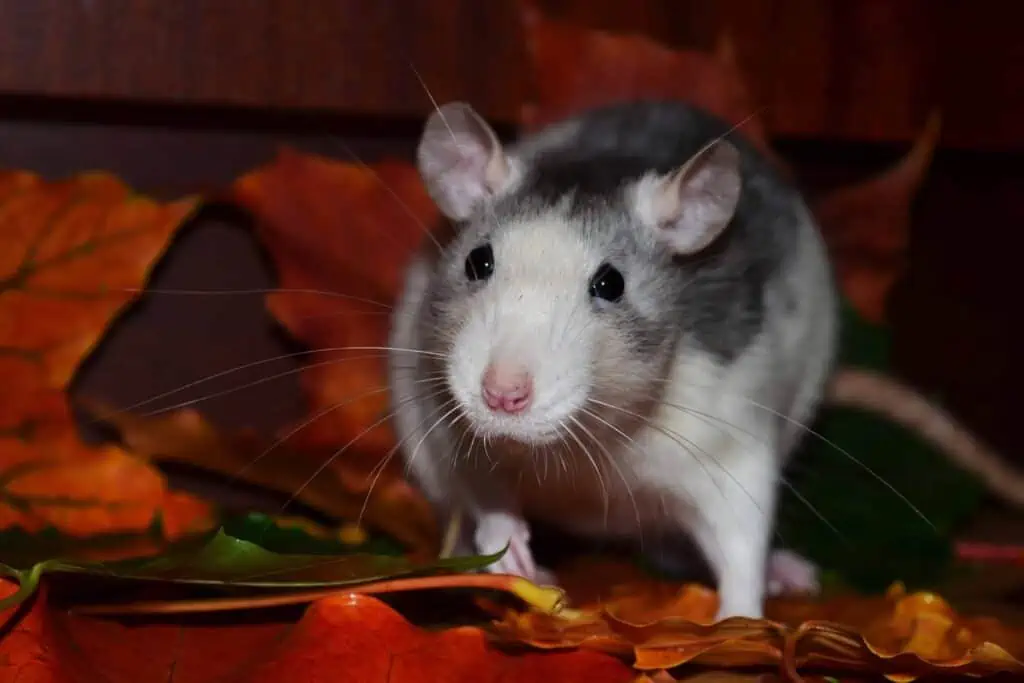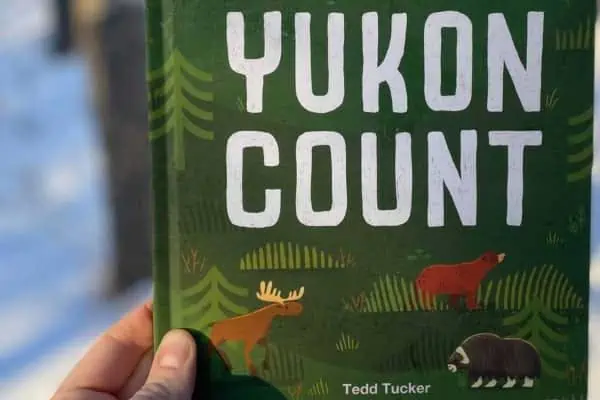“As Jack knelt in the bloody snow, he wondered if that was how a man held up his end of the bargain, by learning and taking into his heart this strange wilderness — guarded and naked, violent and meek, tremulous in its greatness.”
–excerpt from The Snow Child by Eowyn Ivey
Often touted as a fairytale for adults, Alaska author Eowyn Ivey’s debut novel, The Snow Child, is a vividly depicted story about the heartache of life’s trials and the healing we are capable of. Set against the backdrop of 1920s Alaskan frontier living, Ivey explores the tender resilience of love and its wondrous ability to recover even amidst life’s most daunting conditions.
Alternating between ceaseless sun and unwavering snow, the dramatic seasons of Alaskan homesteading provide a wild and coarse existence.
For Mabel and Jack, a childless couple approaching their 50s, relocating north was supposed to bring a new life of natural bounty. But as their second winter there approaches, the enchantment with their isolated “patch of dirt” is wearing thin.
The couple feels raw in more ways than one. Mabel, still mourning a stillbirth from 10 years back, feels trapped in her grief. Jack, working a muddy plot of land daybreak to dayend, wears the responsibility of disappointment on his shoulders. While their care for one another is absolute, a distance has grown between them. Each feels marooned in their worry and sorrow, and a bleak grey has settled over their life.
Then, a mysterious little girl flits out of the woods and into their hearts. Fair and delicate, it’s inconceivable for her to live alone off the land, but she does.
Faina is her name, and she weaves in and out of their secluded life with the seasons. Tiny but mighty, her presence threatens to reopen Mabel and Jack’s old wounds while also reigniting their love’s abandoned sparks.
With Faina, the author deftly sprinkles elements of magical realism into the novel. Inspired by a Russian children’s tale, Faina’s character is somewhere in between a forest nymph and a wild orphan girl. However, instead of making this feel like a fairy fable, Ivey uses Faina’s magical qualities to blur the border between what we understand as reality and mysticism.
Her ethereal nature is grounded by the sobering life Jack and Mabel live and their constantly contested survival in a physically striking and daunting landscape; the contrast reveals the mystical aspects of our own fragility and its ability to endure and overcome.
Even with this hefty material to consider, the book reads smoothly and is surprisingly undemanding as the plot unfolds. In a place where Ivey could have chosen to write an epic novel, she went the lighter route. I usually respect the editorial position that “less is more,” however, I feel a couple of bridging chapters could have been included. This would have helped to deepen my empathy in the characters over the eight years the story was set in.
Where The Snow Child does succeed is bringing a beautifully animated northern landscape to life, with all the romance and all the severity, hand in hand. And while this ode to winter may feel like an unlikely beach read, it is always fascinating to explore how the seasons changing — be it summer or winter — can test the lives, loves and ideas we are married to.
Eowyn Ivey’s 2012 novel The Snow Child is available at the Whitehorse Public Library.




